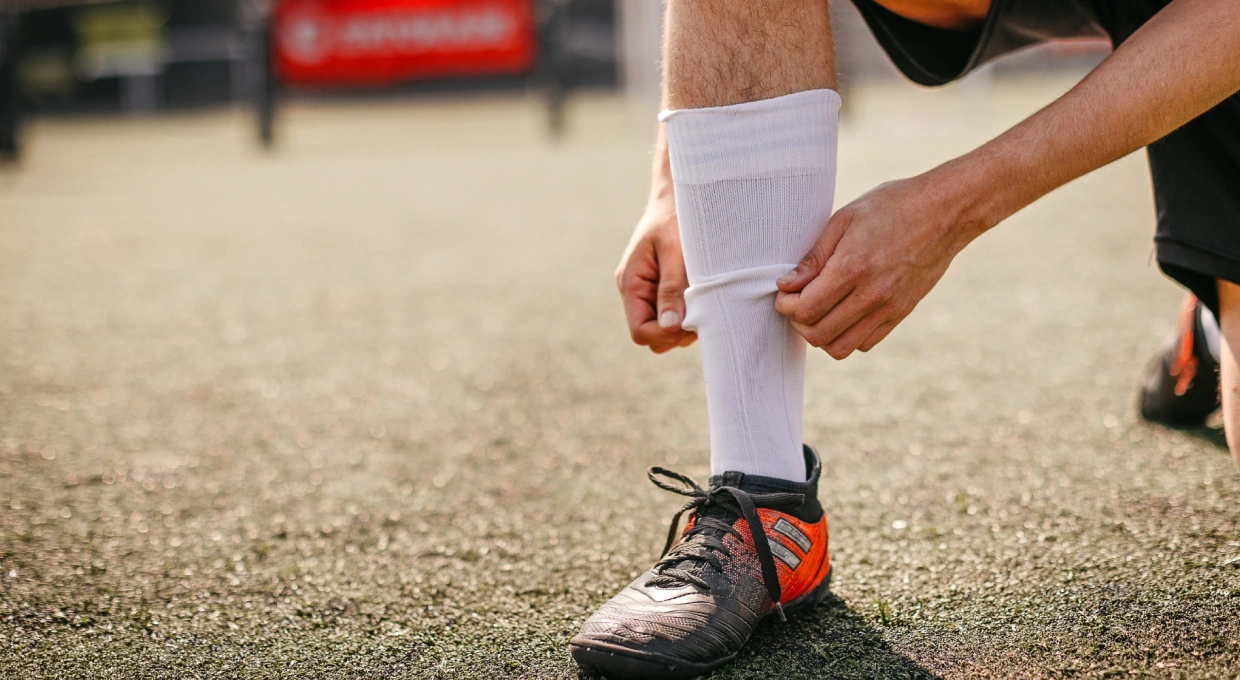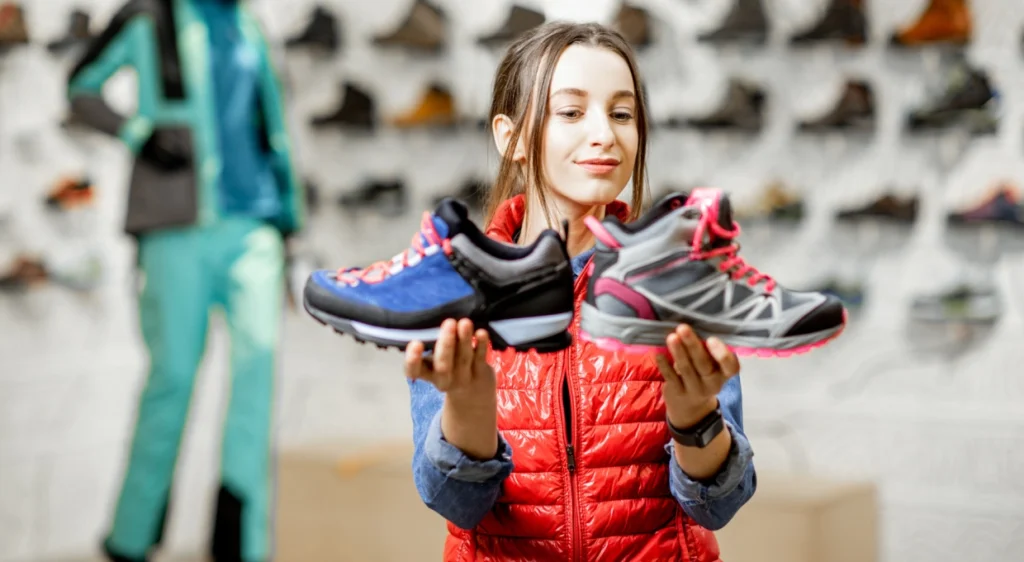Choosing the right sports socks is essential to maximize performance and avoid injury during physical activity. Not all socks are the same, and selecting the right type for your sport can make all the difference in your comfort and podiatric health.
The Importance of Sports Socks
Sports socks are designed to provide support, cushioning and protection specific to each type of activity. They also help reduce friction, absorb sweat and keep feet dry, which is essential to prevent blisters, irritation and other injuries.
Key Factors in Choosing Sport Socks
Material
The most common materials in athletic socks are cotton, wool, polyester, nylon and technical fibers such as Coolmax or Dryfit. While cotton is comfortable and absorbent, it can retain sweat, which is not ideal for intense activities. Technical fibers, on the other hand, are designed to wick away moisture, keep feet dry and provide better ventilation.
2. Adjustment and Compression
A good fit is crucial to avoid slippage and friction. Some sports socks offer compression, which can improve circulation and reduce muscle fatigue. This is especially beneficial for endurance sports such as running or cycling.
3. Cushioning and Support
Additional cushioning in key areas, such as the heel and sole, can protect against impact, especially in high-impact sports such as basketball or tennis. It is also important to look for socks with arch support to maintain foot stability.
4. Sock Height
Sock height depends largely on activity and personal preference. Low or “no-show” socks are popular for running, while higher socks are preferred in sports such as soccer or hiking to protect the ankles and prevent chafing.

Types of Socks for Different Activities
1. Running
For running, lightweight socks with good ventilation and no seams, made of moisture-wicking materials, are ideal. Light compression can be helpful to improve circulation and reduce swelling.
2. Cycling
Cycling socks are usually thinner and tighter, providing good airflow and preventing air from accumulating inside the shoe. Compression is also beneficial for cyclists.
3. Hiking
In hiking, durability and support are key. Merino wool socks are excellent at regulating temperature and managing moisture. Plus, the extra cushioning in the sole helps prevent foot pain during long hikes.
4. Basketball and High Impact Sports
In sports such as basketball, socks with good cushioning and arch support are recommended to absorb shock and protect joints. The height of the socks also helps prevent ankle sprains.
Yoga and Pilates
For activities such as yoga and pilates, socks with grip on the sole are ideal, as they provide stability and prevent slipping on smooth surfaces.
Additional Tips for Sports Socks Care
1. Sock Rotation
Having several pairs of athletic socks and rotating them between workouts helps extend their life. This allows the materials to recover and maintain their shape and functionality.
2. Adequate Washing
It is advisable to wash sports socks at a low temperature and avoid the use of fabric softeners, as these can damage the technical fibers and reduce the ability of the socks to expel moisture.
3. Regular Replacement
Change your athletic socks regularly, especially if you notice that they have lost elasticity, cushioning or show visible wear. This ensures that they are always in optimal condition to protect your feet during exercise.
Conclusion
Choosing the right athletic socks is an essential part of preparing for any physical activity. By considering the material, fit, cushioning and type of sport, you can select the sock that best suits your needs and thus improve your performance and protect your feet. At Clínica San Román, we help you take care of your feet with personalized advice and quality products, ensuring that you can enjoy your sports activities in comfort and safety.



